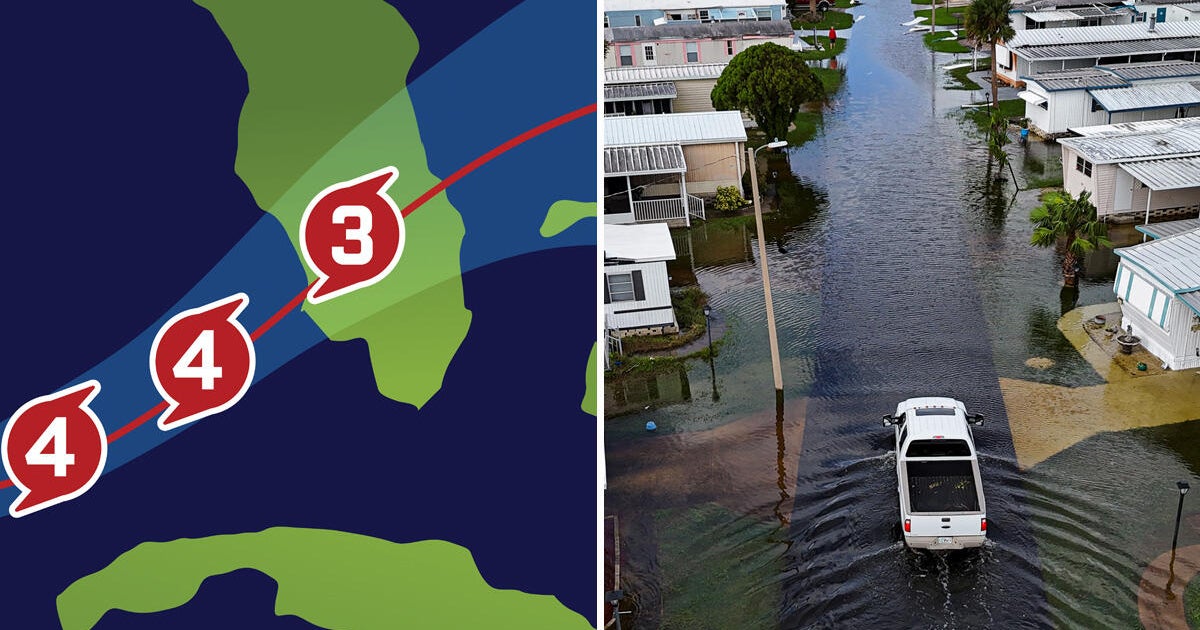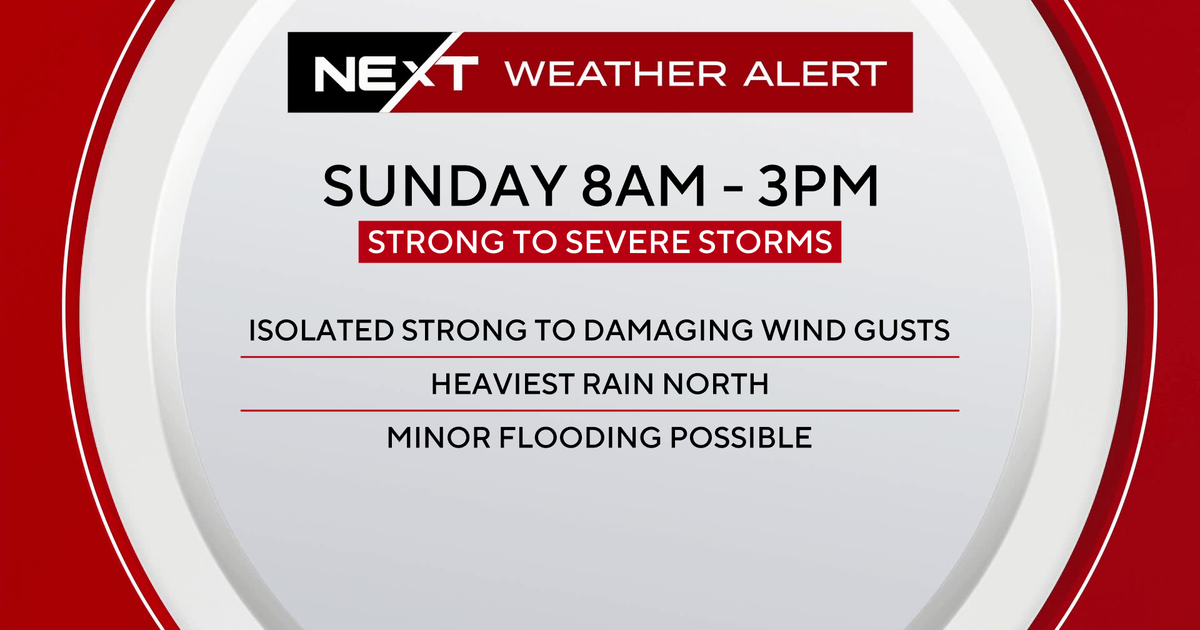What is "storm surge?" Everything you need to know about this destructive component to hurricanes, tropical systems
When you think about hurricanes, you probably envision intense wind and rain. However, storm surge is a destructive component that needs to be highlighted so people can be prepared for potential risks and impacts from upcoming tropical systems.
"Storm surge" is defined as the abnormal water level that rises above the typical tide during a tropical event. This water level rise is caused by winds of a tropical system pushing water from the ocean inland, causing flooding and damage.
The height and impact of storm surge can vary based on numerous factors, including the coastline's shape and depth, strength and speed of the incoming storm, wind field size, the direction from which the storm is approaching, and the tide.
Storm surge can vary in height, which is tied to how much destruction it can cause. While a storm surge height of up to 3 feet might not cause a lot of damage, heights up to 12 feet could reach the roofs of some homes.
Where you're located in South Florida also plays a huge role in the threat that storm surge can have on your home and community. Due to the shape and depth of the coastline, the Gulf Coast of Florida has a higher risk of dangerous storm surge compared to the steeper coast of Southeast Florida.
We also factor in the strength of a tropical system when determining how dangerous storm surge can be for the area. The most vulnerable areas in South Florida would be in Southwest Florida, with some areas experiencing a surge greater than nine feet above ground for a Category 1 hurricane.
Whereas in Southeast Florida, some areas just south of Homestead would potentially experience one to three feet of surge. The stronger the storm, the higher the surge. A Category 5 hurricane could bring greater than nine feet of surge to Southeast Florida.
In order to inform the public about the potential incoming storm surge, the National Weather Service will issue alerts. A Storm Surge Watch is generally issued within 48 hours of an event when there is the potential for flooding from a surge. A Storm Surge Warning is issued when danger is expected, typically within 36 hours of an event.




